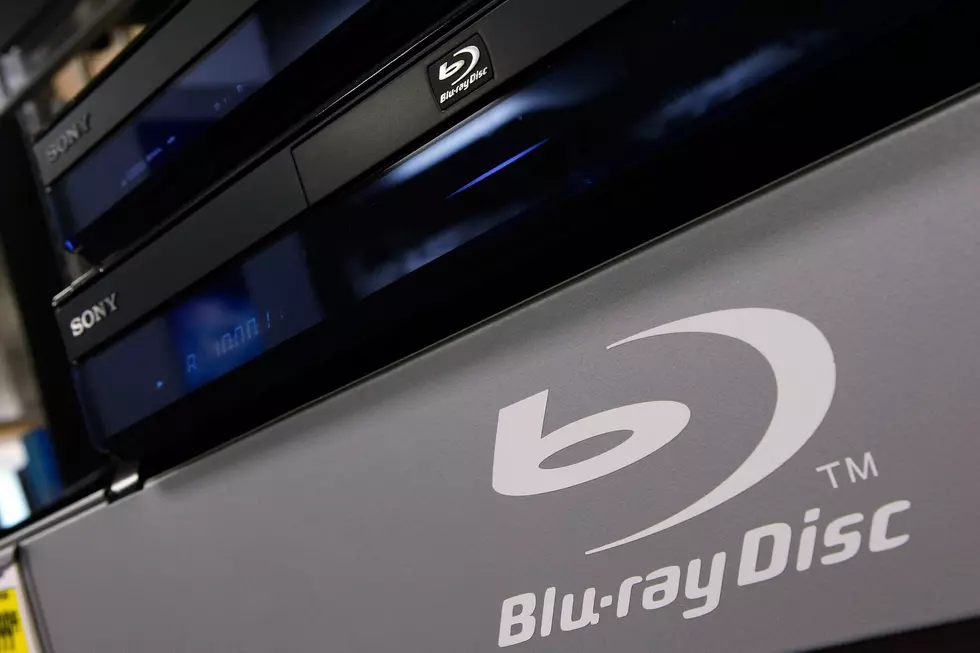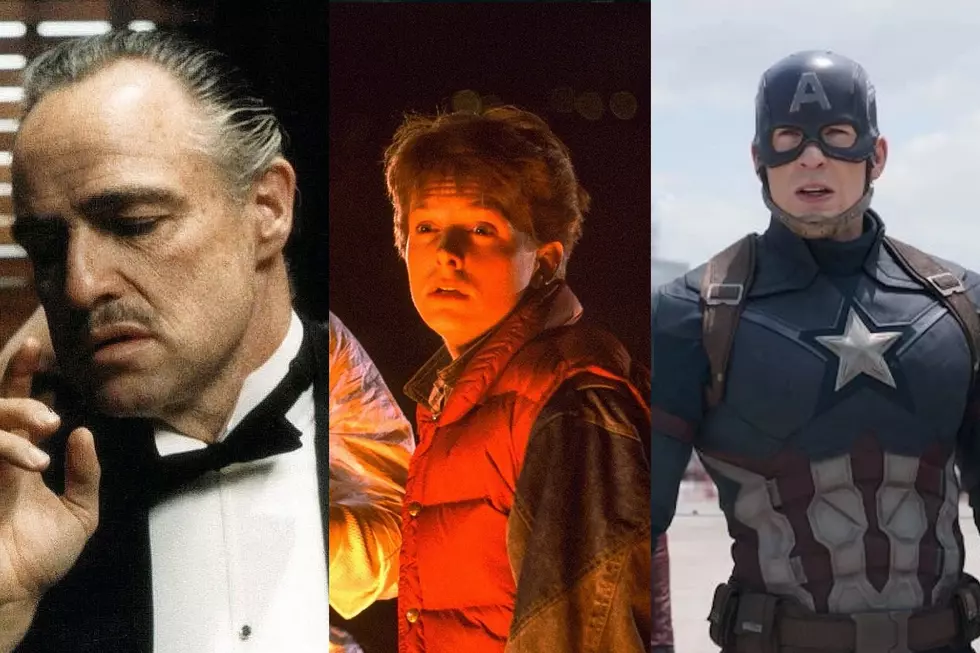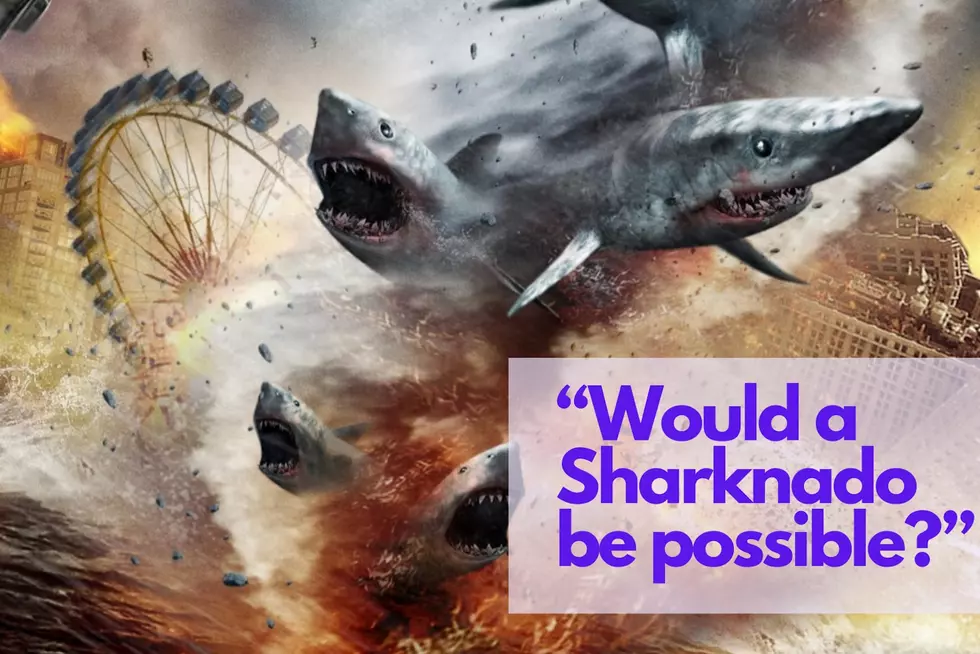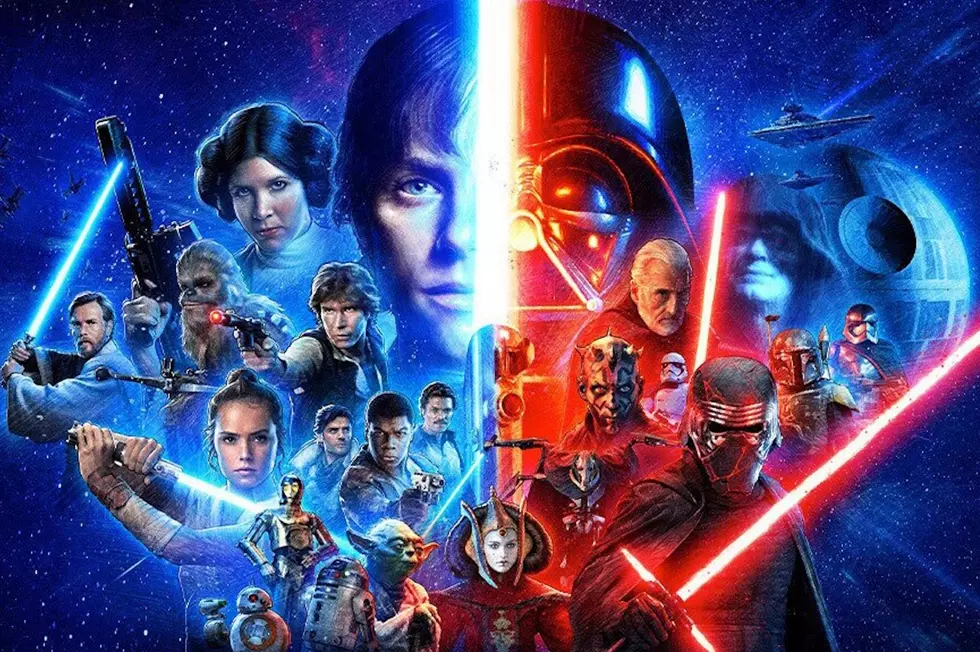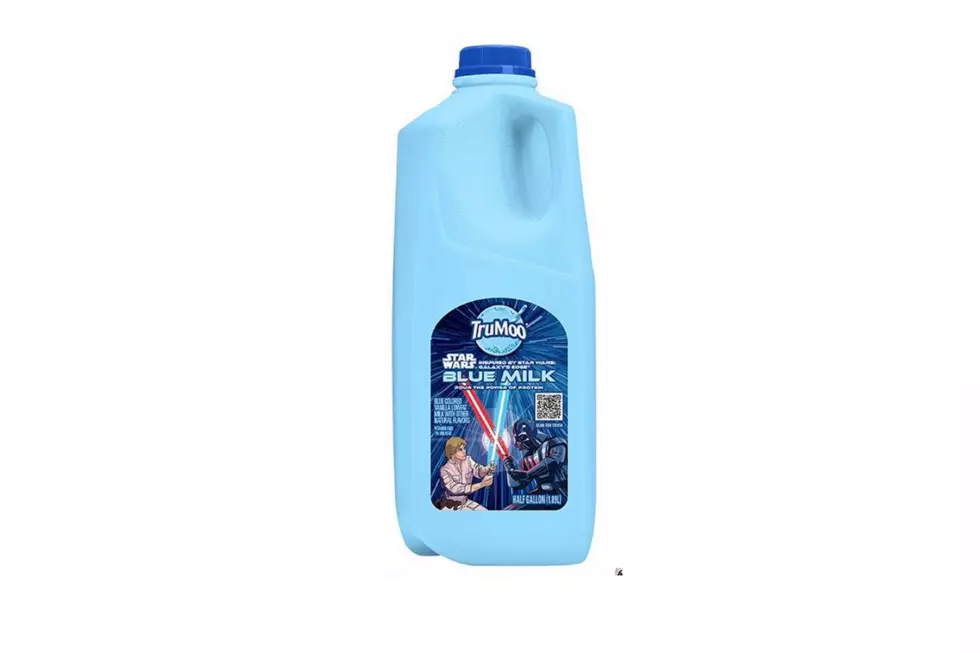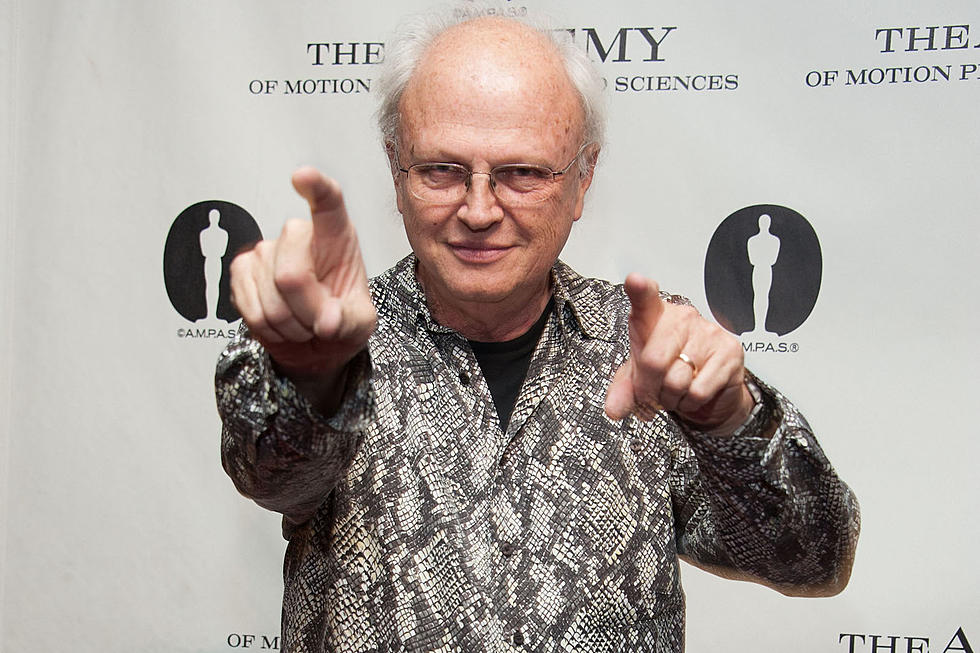
Dennis Muren on ‘Terminator 2’s Groundbreaking CGI And What’s Missing in Modern Effects Movies
If you’re a child of the ’80s and ’90s, then Dennis Muren helped shaped your fantasy world. As a fixture at the effects house Industrial Light and Magic for decades, Muren worked on all three original Star Wars films, and eventually rose to the role of visual effects supervisor. In that capacity, he was instrumental in shaping the look of movies like Indiana Jones and the Temple of Doom, Innerspace, and Willow. Next, Muren supervised two landmark films in the field of CGI: Jurassic Park, with its shockingly lifelike dinosaurs, and Terminator 2: Judgment Day, whose liquid metal, shape-changing T-1000 Terminator represented a major breakthrough for digital onscreen characters.
With Terminator 2 returning to theaters for a special engagement in 3D, I spoke with Muren about his memories of the project. He told me which T-1000 shot was the hardest to get, explained why T2 has aged better than most of its contemporaries (and many of its successors), and what recent special effects movies have most impressed him.
What are your memories of the first time you heard about the project, and particularly about the T-1000?
As typical with Jim Cameron, it was like “Oh my God, how are we going to do this? This is impossible.” But it was worth it. We had done a lot of [CG] work [prior to Terminator 2]. We had done The Abyss, we’d been doing CG since back with Young Sherlock Holmes, and even before that. What we’d managed to get through the years was to get it faster and more predictable, where you could do it on a budget and deliver it in time. And we developed a team of people that were eager to do something like this. So it was really the perfect time to jump into it.
I know the pseudopod in The Abyss is considered the direct predecessor that led to the liquid metal Terminator. Are there any other movies, or other early CG effects, that don’t get the credit they deserve, in terms of important developments on the road to T2?
We did Young Sherlock Holmes in 1985, and that gets a lot of credit. That was the first CG character; it was animated, and we had it in like seven shots and it looked photo-real. That was the first time that was successfully done. There were earlier films that didn’t quite look real, that people were trying to do with CGI, spaceships and stuff like that, that were really ambitious but there was not the hardware power to make them look real. I am personally always careful to make sure we can deliver the job and make sure we get it done on time and on budget and look real. That’s the hardest thing to do.
One of the last things we needed to make it look perfect was to do all the compositing. In other words, we render the CG character on a separate computer file, and we actually do the compositing into the background in the computer also, so we don’t have any matte lines that you normally see in movies. When an effect has an outline, a little blue outline ... you don’t see them anymore, but they used to be there a lot and it really tipped off the effect as being added later. We managed to do this show with digital compositing. Now it’s a common thing. Back then, it had hardly been done at all, only like on one or two shots.
So that’s one of the other things that people are seeing it, not just the computer graphics but the fact that the object looks like it’s actually in the scene, and there’s no trace of anything artificial.
To some extent, that might answer my next question. I just watched the movie again last week in 3D on the big screen, and it really looks fantastic. Other than some of the sets and costumes, it could almost pass for a movie that was made today. Why have this movie’s effects aged so well when so many others, including some very big movies that people like, have not?
I think there’s a very clear answer to that. I think all of us, starting with Jim of course, were trying to do something that had never been done before. We were not copying anything. All of us, I would say, are bored with reality. [laughs] We’ve seen it! We’re familiar with it. It’s important, you have to understand that, but you don’t want to just duplicate it.
Going into T2, and any Cameron movie, you go into it wanting to do something that had not been done before, that was absolutely original. And I think a lot of work that’s being done now is imitation. Kids grew up watching these movies, and they get into the field and they want to make T-1000s and they want to make dinosaurs — but they’re copying the stuff that we did a long time ago. And we weren’t copying anything.
So that movie, if it were done now, it might just be a chrome guy walking around with a bigger gun. And that’d be the whole movie, and you’d have that for two hours. Who wants to see that? Back then, that was only a starting point for us.
That’s interesting, because watching T2 again, I was reflecting on the fact that they’ve made three Terminators since that one — and I like certain parts of those other sequels — but none of them have been able to top that liquid metal robot as a bad guy.
Right.
So I was going to ask you why you thought the T-1000 has proved so hard to top. Maybe that’s part of it; that, as you say, people are just trying to copy him instead of trying create something totally original. What do you think?
I think that’s just what it is. You get writers that are not real fans of science-fiction — whereas Jim Cameron was. And you get technical people who have not studied nature like I have.
It’s so hard to do good work now; it’s hard for people to learn any of those things. A lot of people come right out of school and into a production company doing effects work. But they haven’t had the time to digest why they’re doing what they’re doing. They know how to do it, but they don’t know why they’re doing it. And you’ve always got to question “What is the point of this shot in the show? Is there a way to do this better?” Not technically — I’m talking about artistically. It’s all about art.
To me, T2 was not that much different than any of the other movies I’d done; Star Wars or anything. I’ve never been concerned about technology. I’m interested in the imagery; the power of the imagery and how emotional the image is. And that’s why you’re doing it.
What was the last movie that really blew you away in the special effects department that you didn’t personally work on?
I thought the new [War for the Planet of the] Apes was just terrific. I liked all of those; I think those guys did a terrific job. I liked the last King Kong. There’s some amazing stuff in some of the Marvel films. There’s a lot of good stuff — and there’s a lot of stuff where they ran out of time. That always happens.
Was there one particular shot, or one kind of shot, in T2 that was harder than the others to create?
There were a lot, but my favorite that was certainly one of the hardest was the T-1000 walking through the bars in the asylum — which is just a phenomenal idea. And that’s the one that I feel, to me, was like impossible. I’m looking at it and I’ve been watching movies my whole life and it’s impossible, and I’m seeing it. If I was a kid, that would have been the shot that would have gotten me to want to do effects. So that was terrific.
I walked into a meeting one time, and there were like 10 people sitting there looking at a whiteboard, and all over the whiteboard were algorithms. And I had no clue what the algorithms were for. But what they were trying to do was to figure out how to keep the geometry from tearing. If something moved extremely between one frame and another, like the T-1000 did, the geometry — the surface, what appears to be a skin — would rip apart and there would be a big hole in the character. It would ruin the shot. So that had to be figured out. And there were a lot of things like that on that side that really had to be figured out.
In the overall history of visual effects onscreen, how important is Terminator 2?
I think it’s right up there near the top with Star Wars. Wizard of Oz has some great stuff in it, there’s a number of others, but I think that’s right near the top. I always credit T2 as being equal at least to Jurassic Park, because we had so many things in it that had never been done before that came together. And Jurassic is kind of the next step; we added skin to the effects, which was a major problem; to make them not look like plastic or artificial dinosaurs. And also the performances were very difficult in Jurassic Park. But I think [the two films] are equivalent.
That’s my favorite part of my career, doing those two films. For about a four year period we would look at the dailies and say to ourselves, “Did we do this? This isn’t even possible!” You’ve imagined this your whole life but you’ve never seen it. It was very exciting and very liberating, because up until that time we were so reliant on plastic and wood and metal and plaster and rubber and all the old tools that were limiting. This just freed us up.
So with Terminator 2 and Jurassic Park you broke all this new ground in visual effects. But you still work at ILM today, so what are the next frontiers in CGI? What’s the next breakthrough?
Well I wish I could tell you, but I can’t. Number one: It’s a secret. Number two: I have no idea what it is, because I never know. You never know what these things are. There’s nothing that I’ve seen in the last 20 years, that made me say “Oh my god, this is the next thing.” You can come up with software to be able to make things look more realistically or move different, but that’s a variation on the same thing.
I like the idea of displays being different, meaning having more things in 3D, or high frame rate, or VR, or AR. But I don’t see any big thing on the horizon as big as CG was.
There are all these different formats now, from 3D to high frame rate to IMAX. Do you have a favorite way you prefer to watch a movie?
Y’know, I’m not so much an immersive guy. When I see a big square IMAX screen, I get lost as to what to look for. I’m more conventional. I like to be able to see the whole frame. But I really enjoy high frame rate — 60 or 120 frames a second — and I enjoy good 3-D on a nice, large bright screen with good sound.
Terminator 2: Judgment Day 3D opens in theaters this Friday.
More From ScreenCrush
